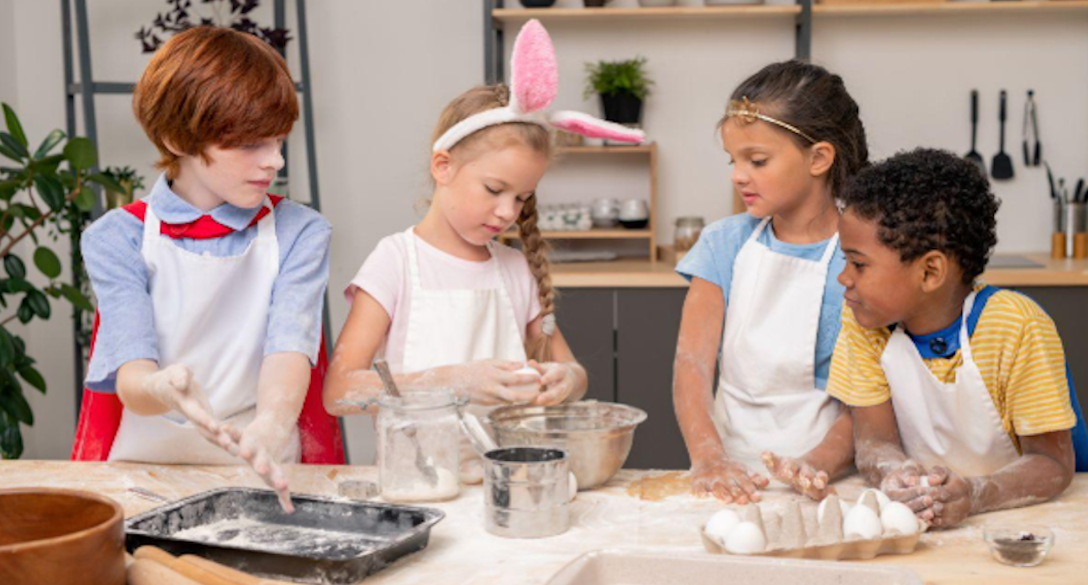Ever had a discussion with your mates around skydiving and there’s been a few arguments thrown around about what is and isn’t possible? We’ve heard a few over the years and put together our favourites.
1. Free fall Talk
Myth: I can talk to my fellow skydivers during free fall
No, you can’t. You may hear a little if someone yells directly into your ear, but you are not having any kind of conversation on the way down! Experienced skydivers learn to communicate with hand signals while in the air.
2. Going Back Up
Myth: When your chute deploys, you go back up
We do get asked this one a lot! Simply put, you can’t go back up. If you’ve seen online videos of skydivers where it looks like the skydiver deploying their chute is going back up, it is an optical illusion. This illusion comes from the deploying skydiver slowing down, while another skydiver is still in free fall. Once you are out of that plane, the only way is down!
3. Free Fall Speed
Myth: All skydivers fall at the same speed
This one is certainly not true. How fast you fall depends on a variety of factors including your weight (heavier people do fall faster), your body positioning and the clothing you are wearing (baggy jumpsuits will slow you down, while a tight fitting jumpsuit will go faster). As with any falling object, the less the surface area to the wind, the faster you will fall.
4. Packing the Chute
Myth: A skydiver always packs their own chute
It may surprise you that professional skydivers usually have a qualified person packing their chutes for them! Most of the time they are too busy jumping out of a plane to have the time to do it themselves. If you are doing a tandem skydive in Australia, a qualified professional will always pack your chute. Once you have done a few jumps, you can learn to pack your chute the way you like it for non-tandem jumps.
5. Wearing an Oxygen Mask
Myth: You need to wear an oxygen mask
Something that is regularly asked is “Do I need to wear an oxygen mask”. The answer really depends on how high you are jumping from, and if you do need one, you only need it on the plane. At Skydive Geronimo, our skydives are done from between 8,000 and 15,000 so you won’t need to worry about an oxygen mask.
6. More Height = Even More Terrifying
Myth: The higher the altitude, the scarier it is
We often get asked whether the higher the altitude you drop from adds to how scared people are about jumping from a plane. The truth is, the fear factor is the same no matter the height you jump from. There are certainly some benefits to jumping from a higher altitude. You get more time to take in the view as the free fall is longer (and really, the free fall is the best part). You’ll also get longer to get over your fears and enjoy the jump rather than worrying about how high you are.
7. Sport for the Young
Myth: Skydiving is only for the young
Absolutely not! Skydiving is one of those great sports that doesn’t discriminate on your age. As long as you can meet the physical requirements, and have the desire, you can skydive at 70 just as well as skydiving at 30!
8. I may land in the ocean, or in a tree!
Myth: There is a good chance I will land in the water…or in a tree
While possible, this one is unlikely to happen. It is difficult to be blown off course as strict wind speed limits are set. Student drop zones are specifically chosen for their location and provide more than enough room away from natural or man made obstacles. Tandem drop zones recruit professional skydivers, with the parachuting skills needed, to land accurately.
9. Parachute Opening Pain
Myth: Opening the parachute is painful on the body
It shouldn’t be. The only time you might feel any pain when the parachute opens is if your harness hasn’t been adjusted correctly or if you experience a “hard opening” which is where your parachute has opened faster than it is designed to. A standard parachute opening should put no more force onto your body than hitting the breaks on a car while speeding. Essentially, all you should feel is adrenaline coursing through your body.
10. Ripcords
Myth: Skydivers use a ripcord to open the parachute
We still do use ripcords but not in the same way we used to! Today solo skydivers use what is known as a pilot chute, which is tucked into a pocket at the bottom of the pack. This pilot chute is attached to the main chute, and as it is released, it catches the wind and pulls the pin that releases the main parachute. Tandem skydivers, however, first throw a drogue parachute to slow the speed of the tandem pair down. When it’s time to deploy, the Tandem Instructor releases the drogue with a rip cord, which pulls the main parachute out its container.
Thinking of skydiving for the first time or looking for somewhere interesting for your next jump? Skydive Geronimo offers skydives from 8,000-15,000 feet over the spectacular Rottnest Island. Take in the views of Rottnest while you experience up to 60 seconds of free fall. Book your skydive now and bust the myths yourself!










